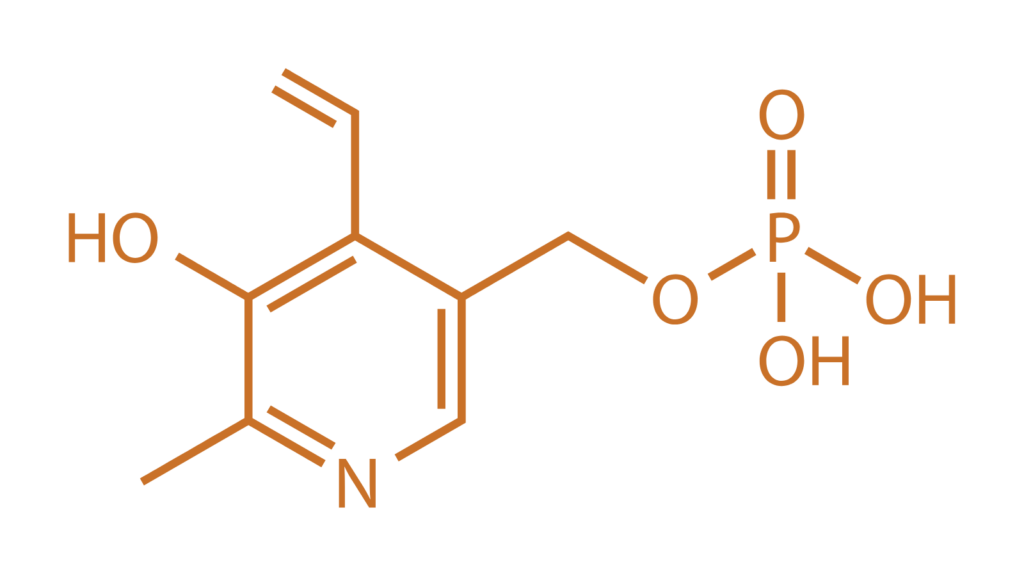
Defined
We define B6 toxicity as toxicity from vitamin B6 that causes sensory, autonomic, and/or motor neuropathy with or without a high B6 value on a standardized Western medicine blood test. In other words, if symptomatic with a normal B6 blood test, it is possible to have B6 toxicity. This sensory, autonomic and/or motor neuropathy from B6 toxicity is Small Fiber Polyneuropathy (other terms used Small Fiber Neuropathy, Peripheral Neuropathy). This is explained in more detail in the Small Fiber Polyneuropathy section.
Read more: Defined
Historical View
The Historical View highlights how scientific knowledge and recommendations have evolved to better manage and prevent B6 toxicity. We trace the evolution of our understanding of B6-related health issues beginning with early research findings, including the initial lack of awareness about the potential dangers of vitamin B6. We discuss how over time, as more studies emerged, scientists began to recognize and document cases of it, leading to increased awareness.
Read more: Historical View
Causes of B6 Toxicity
The research primarily points to toxicity with large amounts of the vitamin. There is research that shows toxicity is possible on only 1.4mg. This website’s questionnaire has also discovered that toxicity is possible on a high-protein diet. We get vitamin B6 toxicity on lesser amounts of the vitamin when we have full B6 muscle storage combined with a dehydrating event. The dehydration does not allow a normal release of vitamin B6 in our urine. It instead gets pushed into nerve cells which causes nerve damage.
Read more: Causes
Small Fiber Polyneuropathy
SFPN is a type of nerve damage affecting small nerve fibers, which causes sensory, autonomic, and motor damage. This form of neuropathy can be a significant consequence of vitamin B6 toxicity.
Read more: Small Fiber Polyneuropathy
Symptoms
Symptoms vary depending on whether motor, sensory, or autonomic nerves are damaged. Sensory nerves transmit information such as the feeling of a light touch or the pain from a cut. Autonomic nerves control organ activities that are regulated automatically such as breathing, digesting food, and heart and gland functions. Motor nerves control voluntary movement of muscles such as those used for walking, grasping things, or talking. Some neuropathies may affect all three types of nerves; others primarily affect one or two types. Doctors may use terms such as predominantly motor neuropathy, predominantly sensory neuropathy, sensory-motor neuropathy, or autonomic neuropathy to describe the types of nerves involved in an individual’s condition.
Read more: Symptoms
Prevalence
B6 toxicity is not rare. It is undiagnosed. It is misdiagnosed. The more awareness we create, it will become evident that B6 toxicity is a major health crisis.
Read more: Prevalence
For more information on B6 Toxicity and to meet others suffering from it, visit our Facebook Group.
